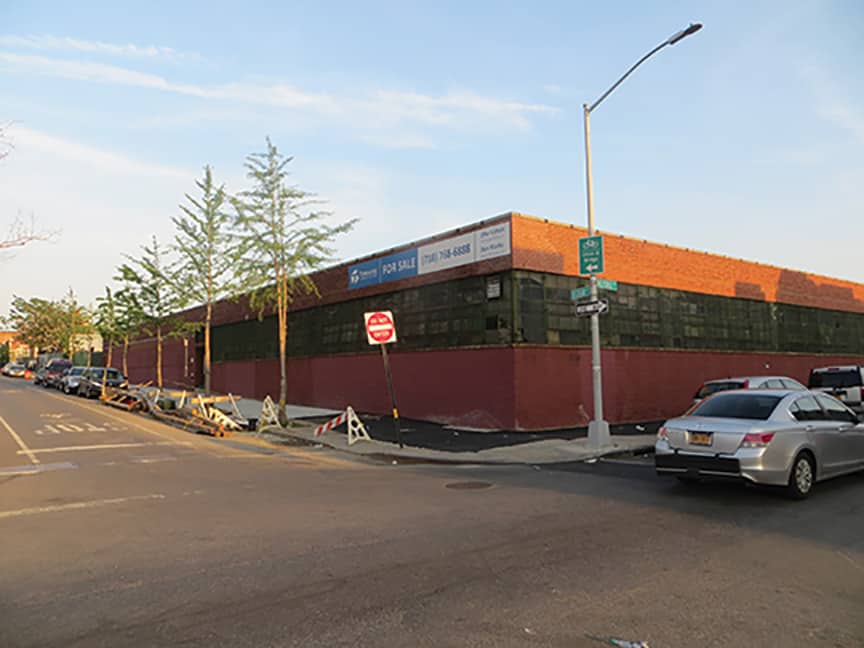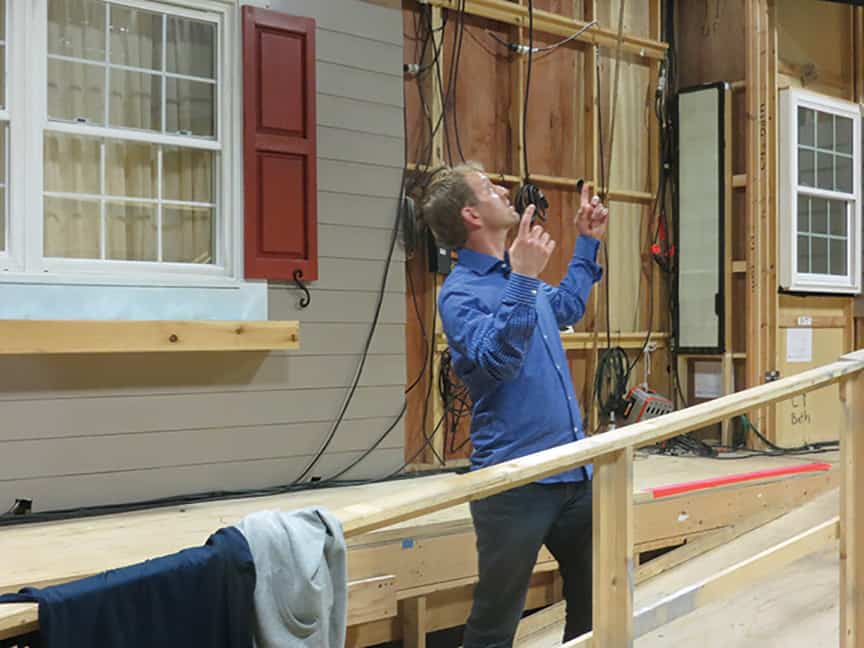At the April meeting of the Gowanus Community Advisory Group (CAG), EPA Director Walter Mugdan announced the results of a long and difficult negotiation with New York City regarding the placement of sewage retention tanks alongside the Gowanus Canal.

CAG member Marlene Donnelly and others said not so fast. A public comment period was requested and received. This period, which was extended through the end of May, offered a chance for comments to be heard by the EPA before they sign the agreement.
It seemed at first that objections might be raised because this agreement would delay the city’s installation of retention tanks needed to limit Combined Sewer Overflows (CSO) into the canal. Right now, raw sewage is pumped into the Gowanus whenever a big rainstorm overflows the sewers. The tanks would store much of the overflow until the sewers return to normal and the wastes can be sent to the treatment plant.
The city was hell bent on placing the tanks next to the Gowanus Canal, which would entail their seizure of private property. The EPA thought a better idea was to place the tanks in city owned land, namely the Thomas Greene Park. The park is home to an outdoor swimming pool which is sitting on top of a large pool of toxic chemicals left behind by the natural gas industry of the past. The EPA is ordering the removal of the toxins, which entail temporary removal of the pool. They felt that building the tank under the pool, in an already dug hole made sense for many reasons. One of those reasons is an EPA distaste of eminent domain – the seizure of private property.

The agreement gives the city a chance to do it their way, although built into the plan is a fallback in case of extended lawsuits regarding the seized properties. The upside for the EPA is the city’s agreement to build the tank. The EPA feared that the city would attempt to litigate away its obligation to build the tank entirely.
A new wrinkle was added in April. The EPA held a public meeting to announce the completion of negotiations. Questions and comments were heard, and towards the end of the meeting a tall gentleman named Ian Defibaugh took the podium to explain that the company he works for, a film studio called Eastern Effects, was in danger of losing their main production facility.

The proposed agreement would allow the city to seize the building Eastern Effects occupies. The company is located in Gowanus right next to where the city wants to build the tank. The city plans to tear down the building and use the land as a staging area while the tank is built. Afterwards, the seized land would be sold off by the city to the highest bidder.
The studio, an employer of more than 200 skilled local jobs, is home to the TV show “The Americans.” They signed a twenty-year lease for the building in 2010, and spent $5 million to turn it into a professional quality film studio. If the city exercises eminent domain, Eastern Effects would lose their investment, and the neighborhood would lose the jobs, as well as the ancillary benefits of film crews and actors enjoying meals in the neighborhood.
The night following the public meeting, Mugdan repeated the presentation at the monthly meeting for CAG members. Mugdan was asked about Eastern Effects. He said that the placement of the staging area was the city’s decision. He quickly went to the next question, but not before saying that other parcels were available for use as staging area.
Eastern Effects connected with Dan Wiley at the public meeting. Wiley is the community liaison for Congresswoman Nydia Velazquez, a prime motivator behind the EPA’s interest in cleaning the Gowanus Canal. Wiley toured the studio on May 16, and urged others to see for themselves on two separate tours that were given to the public the following week. The purpose of the tours was to inform the community about the studio and to encourage comments to the EPA on the advisability of their agreement with the city that to sanction the use of eminent domain for the site.
The tours were led by company owner Scott Levy. Eastern Effects is an independent, privately held company founded by Levy in 1999. Beginning as a lighting and grip company, it became a film studio in 2010 with the leasing of the building at 270 Nevins – the one threatened with demolition.
Levy led a group of about twenty local residents, media, and members of the CAG through the warehouse. “It was my dream to do film and TV,” he said. He showed off the work that had been done on the building, which was an empty shell when he took it over in 2010. A large electrical system he installed miraculously escaped damage from Sandy, despite over a foot of water in the building.
As Levy pointed out the elaborate soundproofing and lighting grids that had to be in place before the building could be used a film studio. He practically burst into tears at the thought of losing it all.
The process of eminent domain reimburses property owners. The property has to be bought at an agreed upon market rate. However, there is no protection for renters. In fact, Levy told the group that there is an eminent domain clause in his lease which allows for termination with no reimbursement. This means that the studio would be a total loss – one in which $5 million was invested, and $2 million is still owed to banks.
Of course, the other loss would be the 200+ skilled neighborhood jobs. FOX FX has leased the studios for its filming of the spy series “The Americans.” The series is scheduled to run through 2018.
Levy explained that he built his studio as a “Level 2” studio, which enables production companies to receive state tax benefits. He said that there is a shortage of these studios in the city, as more and more film production is done here. 
Levy took the tour group outside to point out three nearby locations that might be used for a staging area instead. None of them were presently occupied.
Levy was joined by representatives from SBIDC, CB 6, the Gowanus Canal Community Development Corporation, and the AFL-CIO. All pledged support for Eastern Effects. However, the tale will be told as the results of the public comments are read by the EPA. The results of the comments could either quash the deal or force it to be amended.








